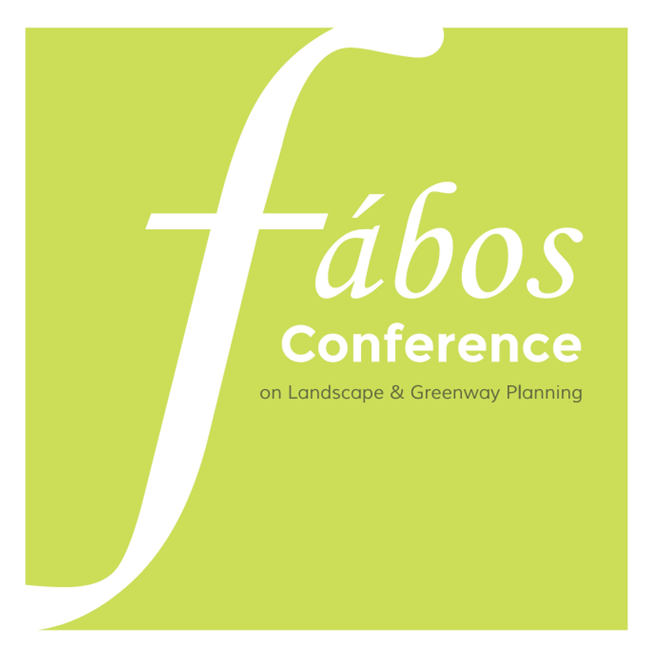Opportunity Strikes: Taking Advantage of a Geothermal Project to Help Realize Smith College's Landscape Master Plan
Abstract
Smith College's recent adoption of a Landscape Master Plan (LMP; 2022) and commitment to a campus-wide geothermal heating and cooling system by 2030 presents a unique case study in green infrastructure and landscape transformation. This ambitious project, which involves significant excavation across the campus, aligns with Smith’s goal of achieving carbon neutrality by 2030 and represents the largest green-infrastructure undertaking in the college’s history.
Project Overview: The geothermal system necessitates extensive land excavation (~1 acre per well-field, and there are three well-fields) and complex horizontal piping infrastructure. This undertaking, the largest landscape disruption in the campus landscape to date, provides a rare opportunity to align geothermal infrastructure development with the goals of the new LMP. This strategic approach is accelerating the realization of LMP objectives, facilitating rapid and impactful landscape transformation.
Innovative Landscape Solutions: One of the first completed projects took place in the area of Davis Lawn, which has transitioned from a turf grass area to a vibrant space with pollinator-friendly plants and social seating areas. This renovation not only enhances ecological value but also improves accessibility, including creating on-grade sidewalks leading to the Davis Center's main entrance. This project exemplifies how integrating infrastructure and landscape planning can enhance both environmental and social outcomes.
Critical Root Zone Mapping and Protection: An additional critical component is the mapping and protection of the Critical Root Zones (CRZ) of trees within Smith’s Level IV Arboretum. By employing GIS technology to determine CRZ based on tree Diameter at Breast Height (DBH), this initiative ensures that tree root systems are treated as essential infrastructure, akin to utilities. This collaborative effort among the Landscape Studies Program, Facilities Management, the Botanic Garden, and Campus Planning & Sustainability will guide future construction projects and contribute to the preservation of the campus arboretum.
Impact and Future Directions: These projects collectively illustrate how strategic landscape planning and infrastructure development can advance sustainability goals and enhance campus environments. The integration of geothermal systems with the LMP, alongside critical tree protection efforts, demonstrates a holistic approach to landscape and greenway planning that is both innovative and practical.
Keywords: Geothermal, Landscape Master Plan, Campus Landscape, GIS, Critical Root Zone, green infrastructure
How to Cite:
Bertone-Johnson, R. W., (2025) “Opportunity Strikes: Taking Advantage of a Geothermal Project to Help Realize Smith College's Landscape Master Plan”, Fábos Conference on Landscape and Greenway Planning 8(1). doi: https://doi.org/10.7275/fabos.2339
303 Views
106 Downloads
